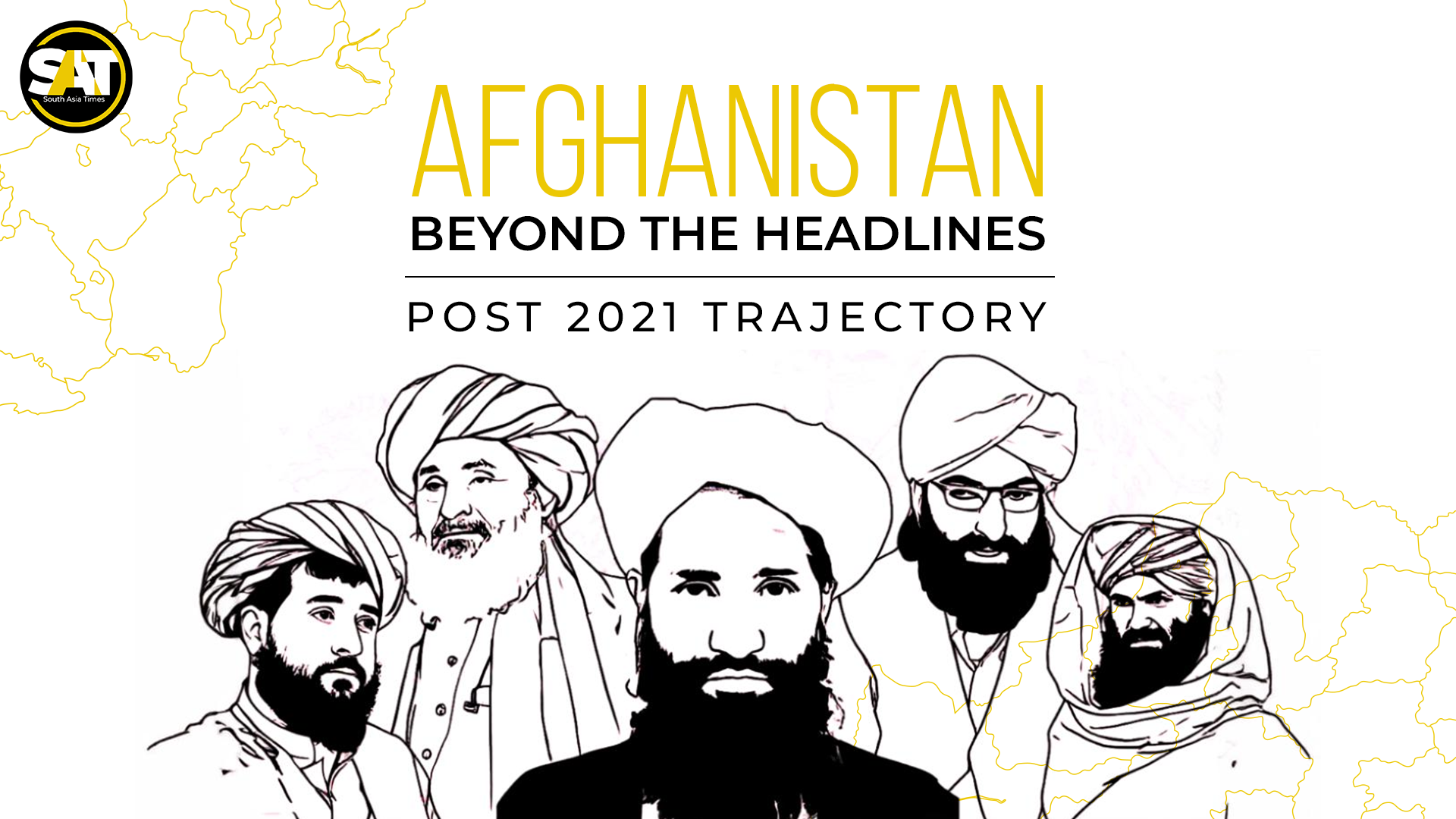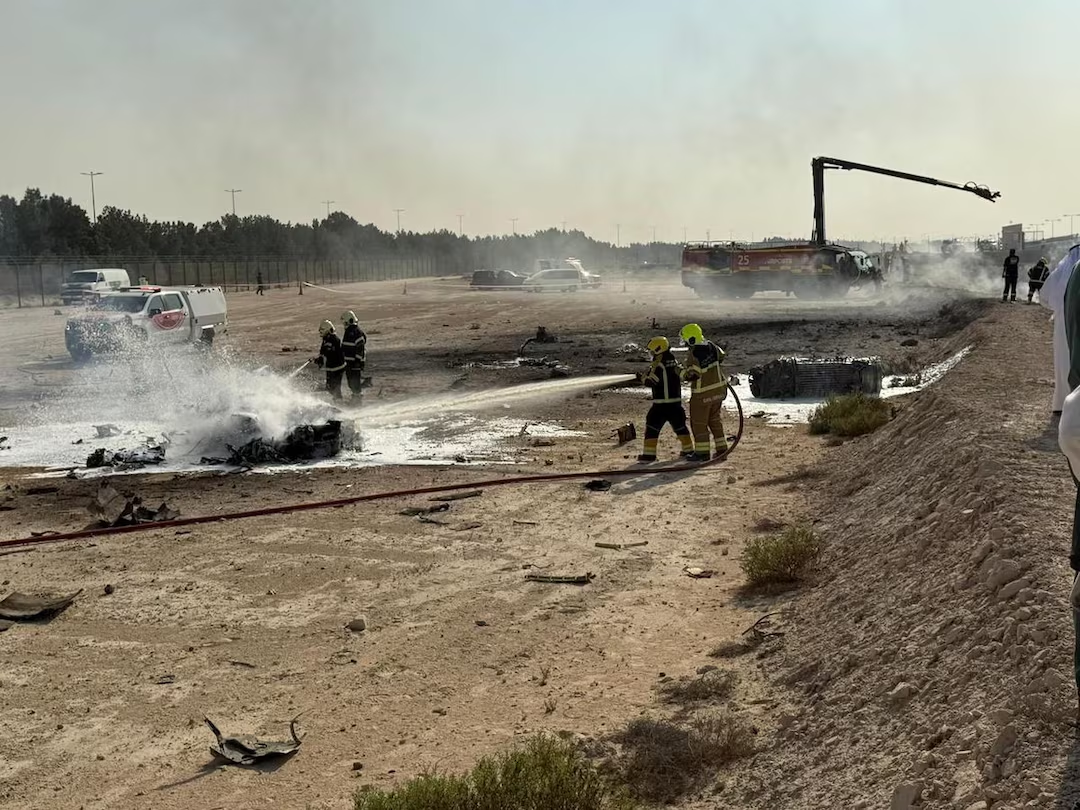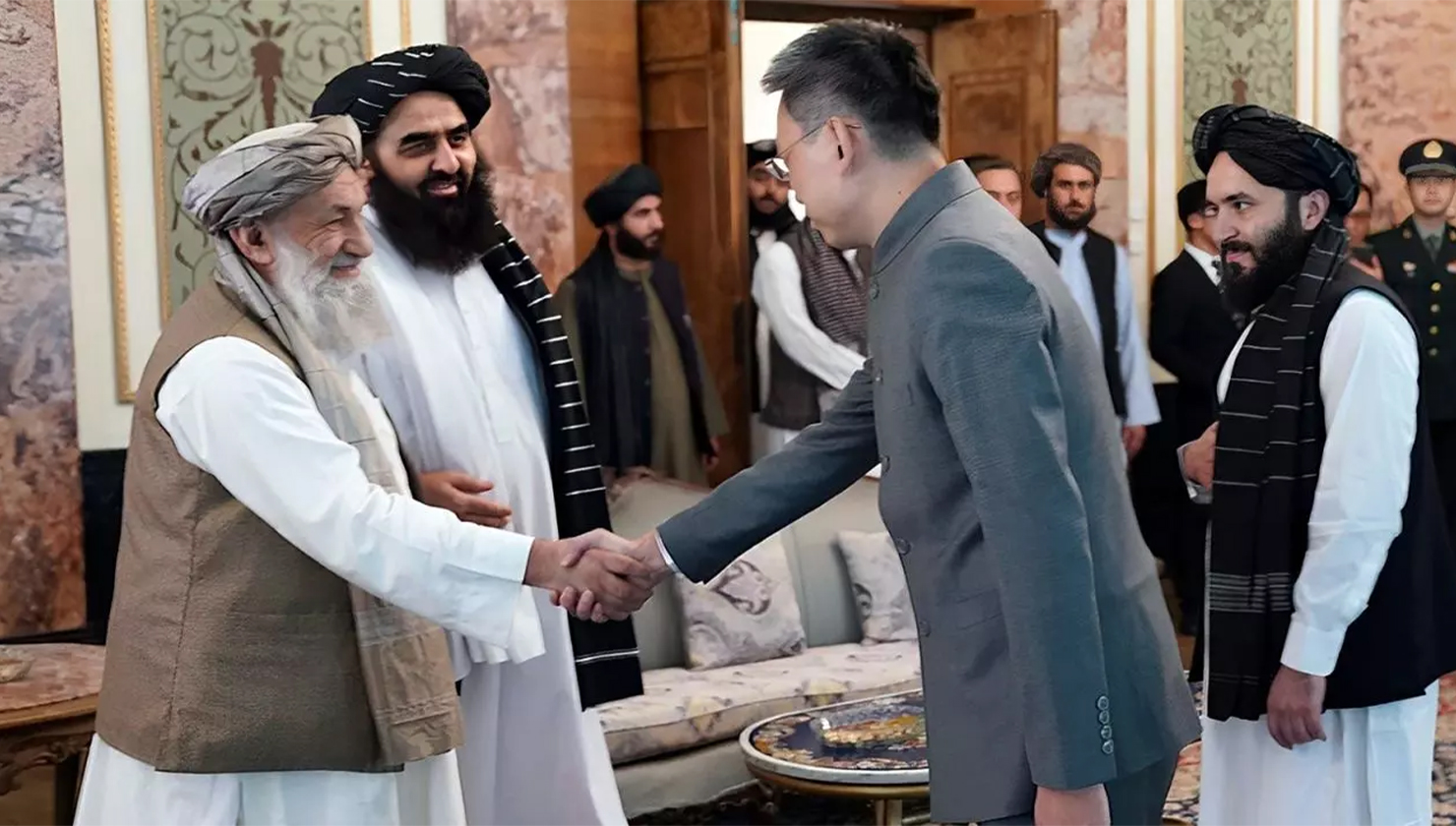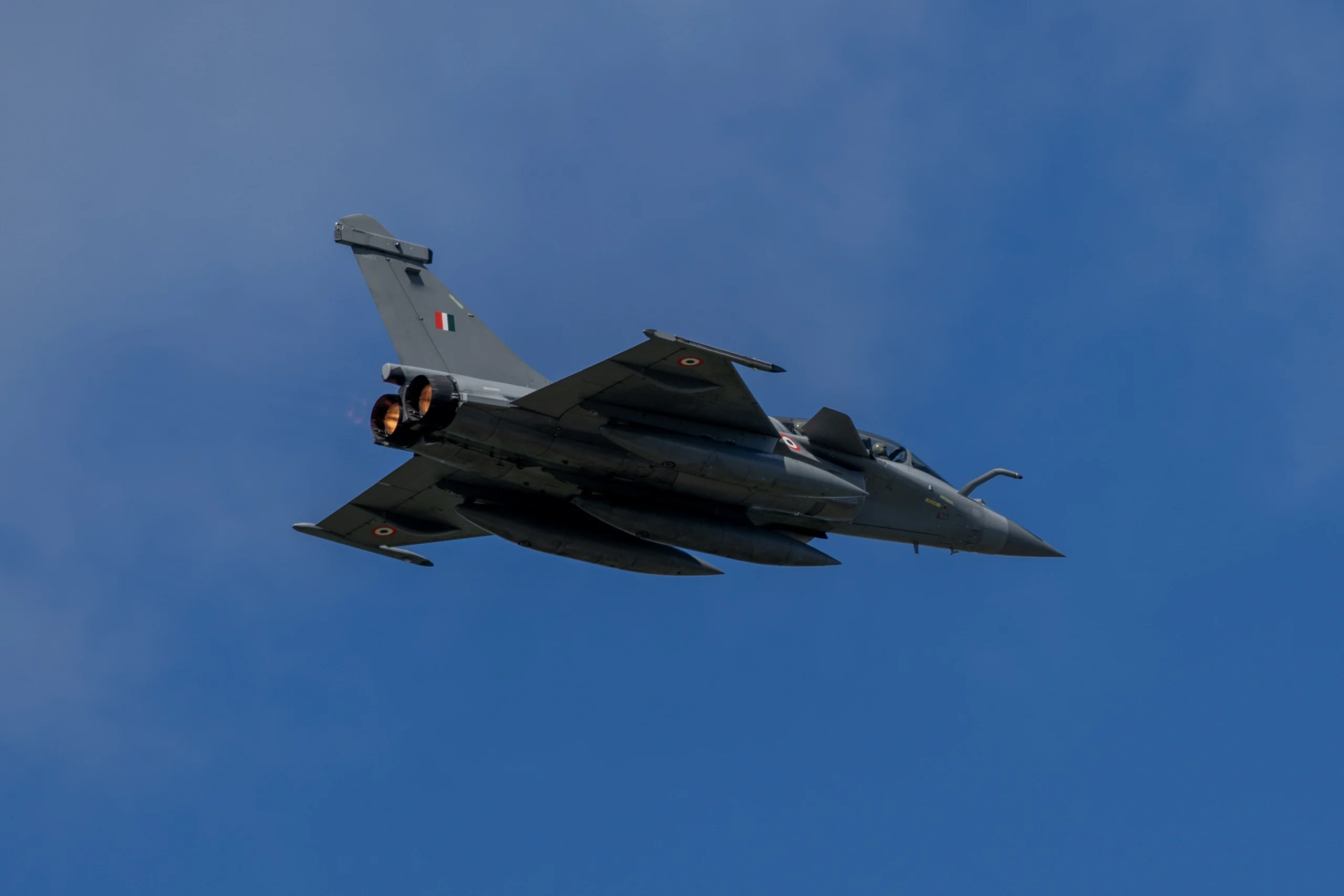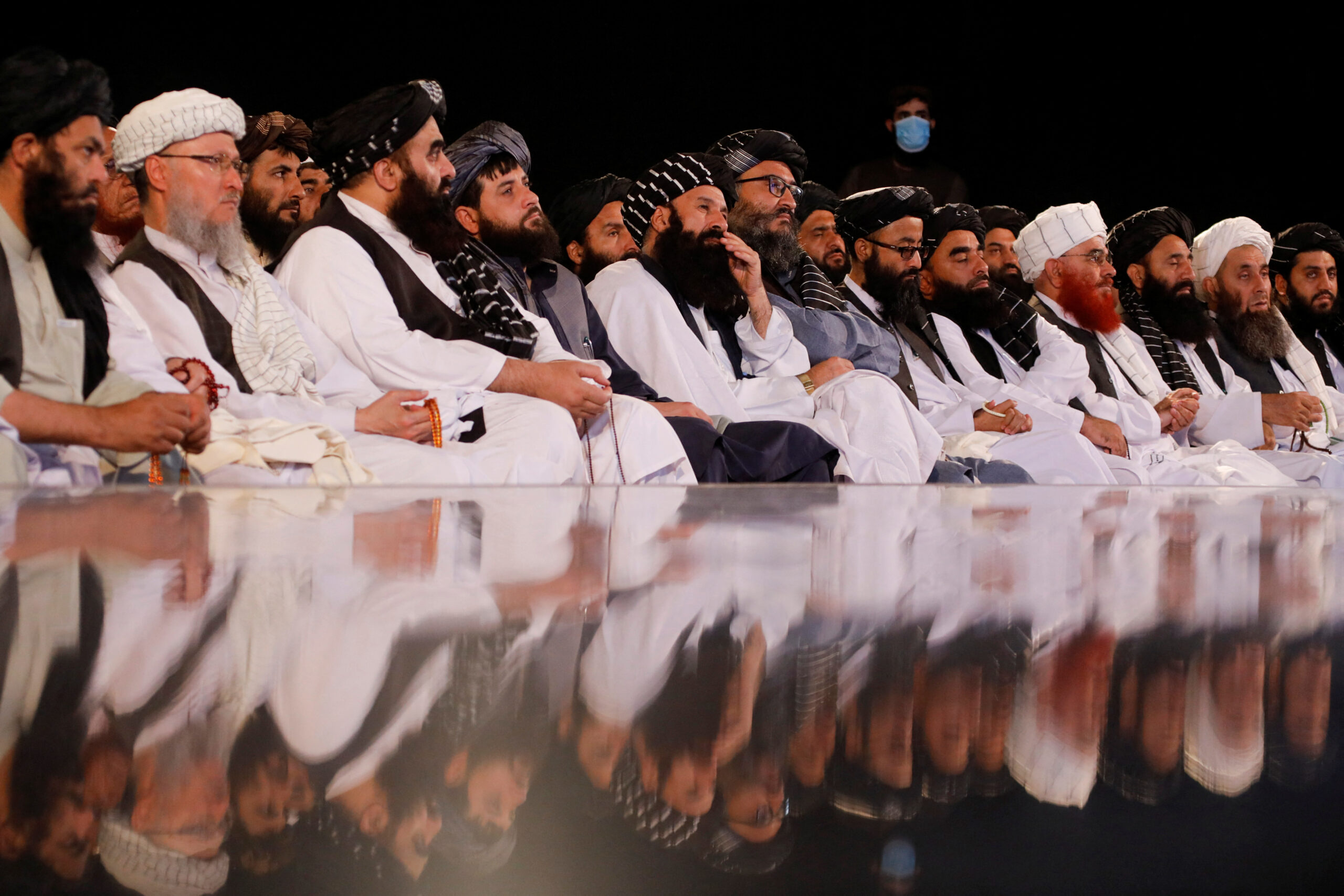US President Donald Trump reportedly reached out to Russian President Vladimir Putin in a February phone call to set up conversations with Iran about their nuclear programme and their support for proxies that are hostile to the US, according to a Bloomberg news article on Tuesday.
A few days after Trump’s call, members of Trump’s administration purportedly discussed the matter with their Russian counterparts during mid-February talks in Saudi Arabia.
The talks involved US Secretary of State Marco Rubio, National Security Advisor Michael Waltz, special envoy Steve Witkoff, Russian Foreign Minister Sergey Lavrov, Russian foreign policy advisor Yuri Ushakov, and the head of Russia’s sovereign wealth fund, Kirill Dmitriev.
Kremlin spokesman Dmitry Peskov told Bloomberg “Russia believes that the United States and Iran should resolve all problems through negotiations” and that Moscow “is ready to do everything in its power to achieve this”.
An anonymous White House official told Bloomberg that Russia offered to do the outreach without being asked to play that role.
During a televised press conference in Iran on Monday, foreign ministry spokesman Esmaeil Baghaei said: “Given the significance of these matters, it’s possible that many parties will show goodwill and readiness to help with various problems…it’s natural that countries will present an offer of help if it’s needed.”
The surprising turn in events is part of Trump’s attempts to normalise relations with Russia, which had taken a nosedive after Russia’s full-scale invasion of Ukraine in 2022.
Also See: No Messages Exchanged Between Iran and US Since Trump’s Return, Says Iranian Deputy FM
Shifting dynamics
Trump’s second tenure in office has seen the US president take a far softer approach to both Russia and Iran. Talks with Russia that left out the Ukrainians were seen as a signal that the US wanted to radically change the direction of the Ukraine war.
The public bust-up between Zelensky and Trump during the Ukrainian president’s visit to the US was further evidence of the shift in dynamics.
While Trump has restored the “maximum pressure” campaign that characterised his first administration’s approach to Iran, Trump has this time said he is open to speaking with Iran and would prefer a deal over any military confrontation.
In 2018, as part of his “maximum pressure” campaign on Iran, Trump unilaterally withdrew from the Joint Comprehensive Plan of Action, also known as the nuclear deal, a landmark foreign policy achievement for the Obama administration.
While UN and European partners to the pact held on, Iran decided that if the US were no longer involved, it would also go its own way. Now, it seems some sort of a deal could be on Trump’s radar.
In response to the report, Ryan Costello, policy director of the National Iranian American Council (NIAC), said that mediation between Iran and the US was “urgently necessary” to get the two countries to the negotiating table. In a statement shared with Middle East Eye, Costello added that the current “trendlines” between the two countries lead towards war and proliferation.
Russia has mediated or cooperated on issues concerning Iran and the US during both the Biden and Obama administrations.
“Opportunities for negotiations have proven fleeting between the US and Iran, so it is urgent that they seize this moment to prevent an escalation toward conflict,” Costello said.
Trump’s administration appointments also point towards a more restrained approach to Iran.
Trump’s decision to invite Russia to the talks is probably due, in part, to the fact that Russia and Iran are strategic and military allies. Both countries signed a 20-year “strategic partnership” treaty in January, covering areas ranging from defence and technology to energy and trade.
The treaty involved agreeing to consult and co-operate regarding military and security threats; taking part in joint military exercises on both their territories and beyond; and not allowing their territories to be used for actions that threatened the other side.
Russia has cultivated closer ties with Iran, as well as China and North Korea, since its invasion of Ukraine.
The White House had not responded to a request for comment by the time of publication.

![Trump seeks help of Putin to mediate nuclear talks with Iran, signaling a shift in US foreign policy toward diplomacy. [Image via Reuters]](https://southasiatimes.org/wp-content/uploads/2025/03/2017-07-07T000000Z_685123330_RC1DD9171270_RTRMADP_3_G20-GERMANY-PUTIN-TRUMP.jpg.webp)
